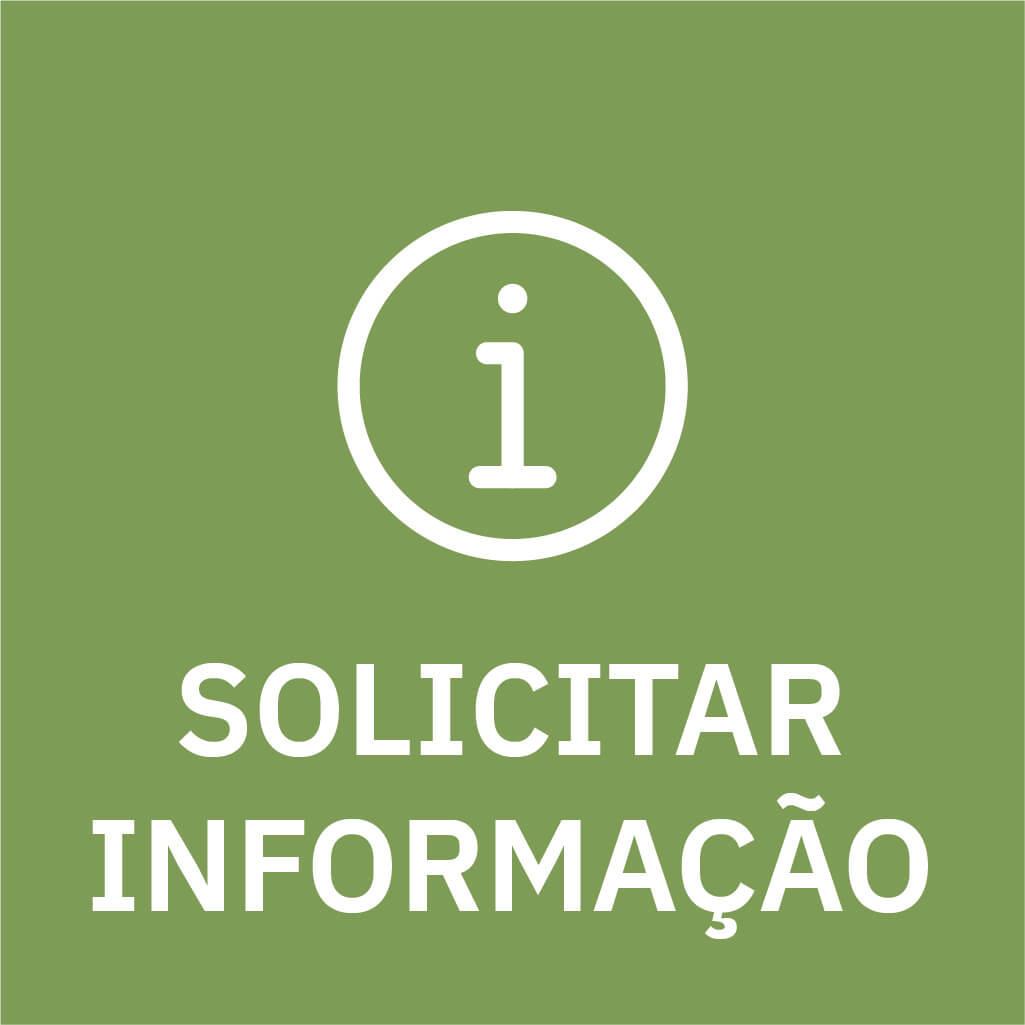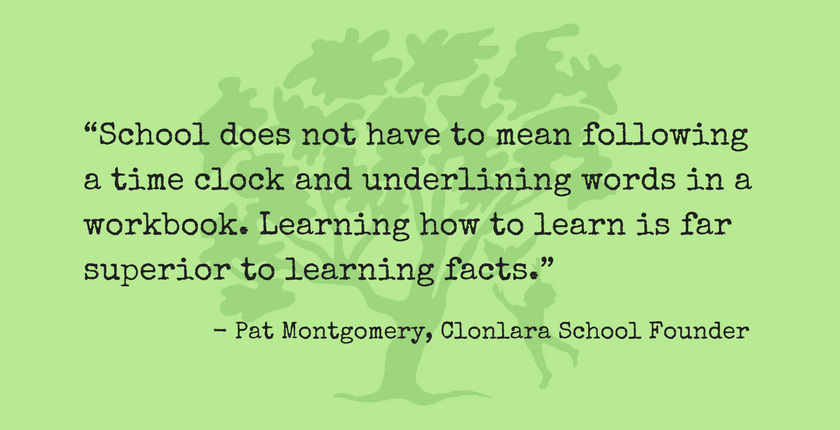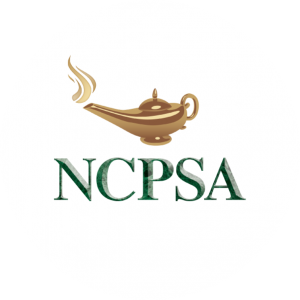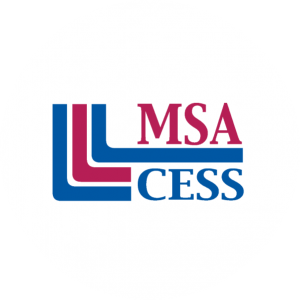By Pat Montgomery, Founder
Editor’s Note: From time to time, we’ll “look back” through our archives to share articles that are as relevant today as when they were printed. In this piece that was originally published in the January 1999 issue of The Learning Edge, Clonlara’s founder discusses the power of letting students’ interests, not textbooks, guide the learning process.
Most people think of textbooks and workbooks and sitting at desks when they think of school. At Clonlara campus school, we have no desks, per se. We have tables, chairs, big pillows and rugs on the floor, lofts, and cubbyholes—all of which can be used as desks. Not too unlike a home.
We do not use textbooks as a routine practice. There are plenty available, but none are automatically assigned. These serve more as reference books than as texts in the traditional school sense.
When people think of school, they usually think of subjects like reading, spelling, math, etc., all divided up into time slots with recess and lunch break thrown in. At Clonlara, we accentuate the indivisibility of subject areas. Math includes reading, science includes math and reading, and the like. Overlap is the name of the game. Only in schools are things to learn divided into time segments. The reason for this? Control. When hundreds, even thousands of kids are assembled—many against their will—in one place for a defined period of each day, the control mechanisms are a must, make no doubt about it.
This description has nothing whatsoever to do with education. It has only to do with schooling. Home-based education is a thing apart. It need not resemble conventional school in any way, shape, or form—unless a student and parent determine between them that it should.
Take, for example, the change of seasons. If a student shows interest (and almost anyone will when these matters are approached honestly, naturally…not from a textbook angle) in the arrival of fall, that TOPIC becomes the focus of activities (the “lesson”): experiencing the out-of-doors, observing, enjoying, watching, walking, talking, whispering, reading, recording, keeping track of events. This involves every single school subject: reading, counting, charting, drawing, etc. More than that, it involves thinking and creating rather than swallowing facts and regurgitating them on command.
School does not have to mean following a time clock and underlining words in a workbook. Learning how to learn is far superior to learning facts. Learning through actual involvement sparks interest.
In short, the child is the curriculum. That is why we recommend using our own or any other curriculum as a working paper. Youngsters may eat, sleep, walk, talk dinosaurs for weeks or months on end. That’s the real essence of interest-fed learning. When a child is free to pursue such routes, she learns much more than the topic at hand. Visit museums, draw, color, make up stories, write them down. This is learning. It is real, uncoached stuff.
Ah, but the student will “fall behind” his schooled cousin, you might worry. In the short run, yes. He may not be able to recite the same facts. In the long run, however, lies the reward. He learns how to trust himself and his own instincts. He learns the scientific method of inquiry without even realizing that he’s practicing it. He uses his brain as a processor, not just his ears or his hand or his mouth.
I think this is what Mark Twain meant by saying that he never let school interfere with his education.
What ideas do you have for turning students’ interests into the focus of their learning activities? Share your examples and advice for others below.







